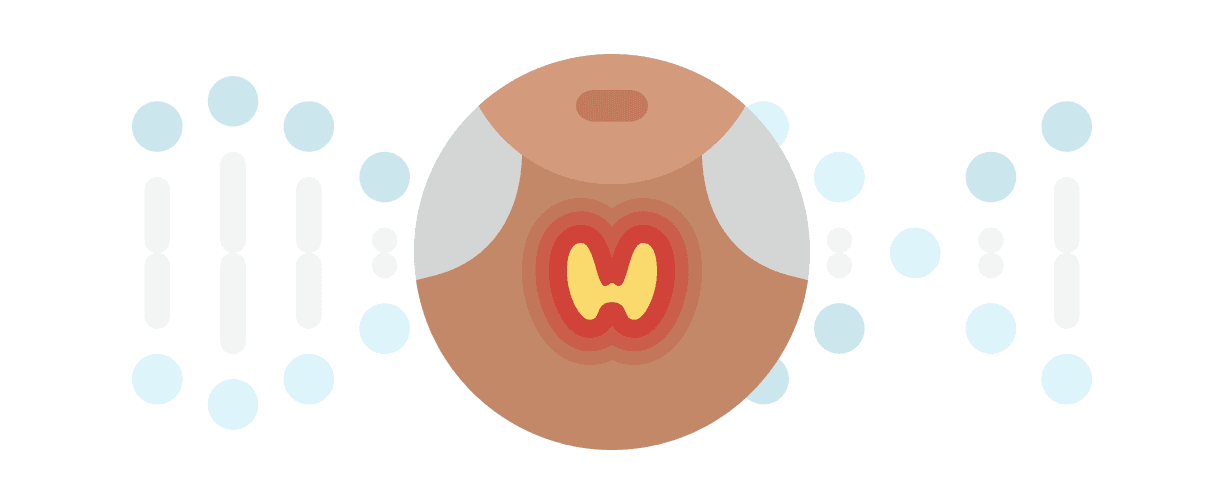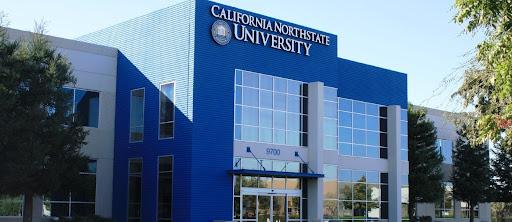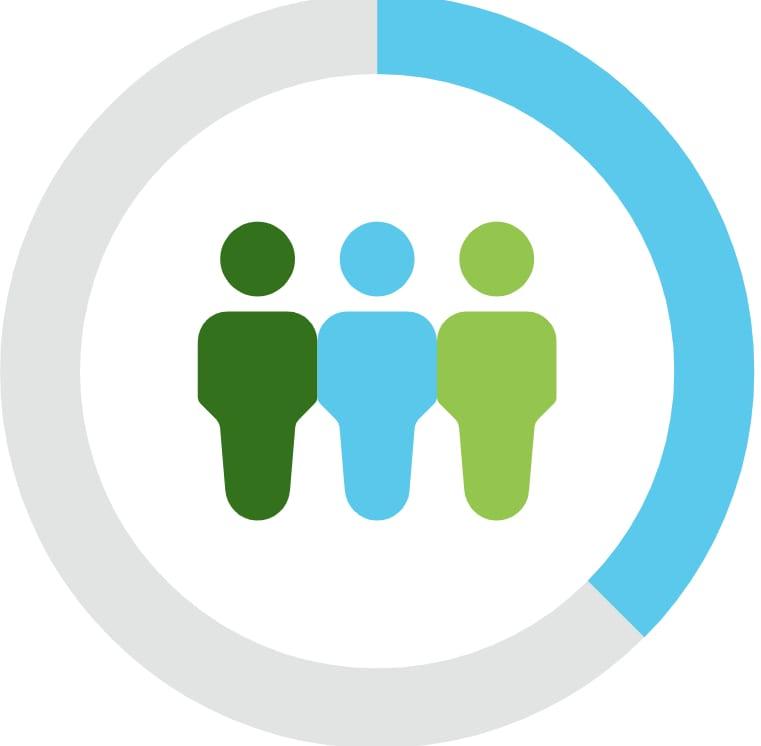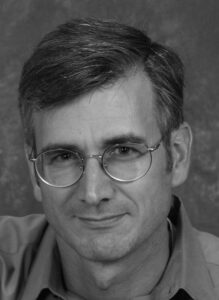
David Matthes
When David Matthes teaches genetics to college freshmen using personal genomics, he sets his sights beyond effective instruction and beyond his classroom walls.
He is trying to increase awareness and knowledge in a deeper way that prepares his students to actively engage in the “post genome” world.
“I love the idea that these students would go out and become those ‘genome information facilitators’ that I see a need for in the future, as more and more genetic data starts becoming available,” said Dr. Matthes, an assistant professor in the Biology Program and the Department of Genetics, Cell Biology and Development at the University of Minnesota, Twin Cities. “I want people to feel comfortable with it themselves as they get this increasingly elaborate data, and to be positioned to be that kind of helper.”
He has taught a bioinformatics class going back to 1997, but he had a realization that a different approach was needed to match what was taking place in science and research.
“I feel particularly lucky to be alive at this time when the genome is opened up. This is like a new frontier has been opened,” Dr. Matthes said. “But we’ve come to a time where education hasn’t caught up to the technology, and we needed to address that.”
Dr. Matthes is doing his part to move education into this new frontier — by utilizing 23andMe personal genetic reports with different student populations and in different educational settings. He has incorporated 23andMe into a small freshman seminar and a continuing education class for senior citizens (“they are just fascinated by ancestry!”). And soon he’ll be scaling up the freshman course through a more collaborative teaching approach.
Preparing Students for the 23andMe Journey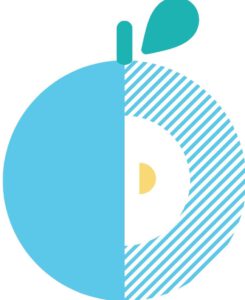
In the personal genomics classes Dr. Matthes teaches, each student — whether college freshmen or lifelong learners in the continuing education class — works with his or her own personal 23andMe reports. That, he said, is where the buy-in and engagement really come. “It really changes the whole dynamic of the class.”
For his small freshman seminar, Dr. Matthes made sure his students were well aware of what will be going on in the class, right from the time they register. He provided an overview of the class and its activities, and he asked that they review the 23andMe terms of use and privacy statement.
“They are briefed for the journey,” Dr. Matthes said. “I want them to know — not the first day of class but before they even order the kit — what they’re getting into. They need to know that it’s not going to be terribly scary, but I do give them a summary of the kinds of unintended things that could be reasonably, commonly seen.”
Dr. Matthes is “scaling up” the course for the upcoming semester, in line with his university’s “Active Learning” classroom approach. Rather than a lecture-hall set up, this will involve students sitting at round tables, with access to technology, tools and resources to interact with the whole class and more closely collaborate with their peers.
“My freshman seminar was my way to prove to myself that I could take anybody — who didn’t have a biology background — and help them experience the joys of genome exploration,” Dr. Matthes said. “The larger class will be students who have had some genetics, cell biology and biochemistry. They are going to be better positioned to have conversations about technical aspects of the process and the deeper implications of genetic phenomena.”
His specific favorite activity using 23andMe results involves what he likes to call the “minor ancestors” — those small percentages of ancestry that show up in people’s results — to teach about ancestral markers. Dr. Matthes has his students calculate a range of dates in his or her family history when a person with 100% of that ancestry would have had to come into the student’s family, in order to end up contributing the current percentage shown in the 23andMe results.
“It’s a ballpark, back-of-the-envelope calculation,” Dr. Matthes admitted. “But I present it as, this is one of your family secrets that your DNA has helped you to know. It was lost to the lore of the family. Maybe conveniently lost! But now we can find out that they were there.”
Check out the “minor ancestors” lesson from Dr. Matthes.
Spreading the Word
When he’s not teaching, Dr. Matthes often finds himself explaining to colleagues his approach instructing students about personal genomics. He recently helped design a class with a genetics counselor where the first half of the class utilized 23andMe SNP data, and the second half looked at whole genome sequence data.
In this “post genome” age, he said, the rapid transformation of the technology to something easy and accessible is well underway.
“What a lucky time to be teaching the kinds of courses I teach,” Dr. Matthes said. “A lot of my colleagues are not thinking about it, but I think before long every university and every college in this country will be doing it.”
Editor’s note: This is another in a series of “Educator Spotlight” posts highlighting how educators are incorporating genetics into lesson plans. To find out more check out 23andMe For Educators.

